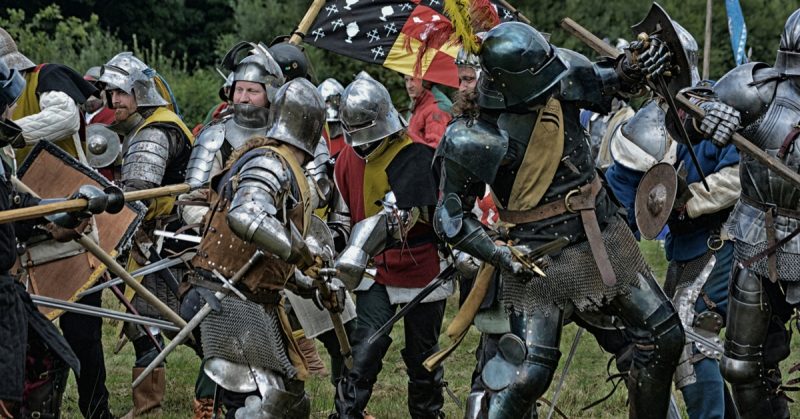Recruiting an army could be a difficult business in the Middle Ages. Most people’s lives consisted of farming small patches of land. When people didn’t have careers, and the economy was not sophisticated enough to widely support specialist occupations, there was no possibility of relying on career soldiers. In England alone, at least eight different methods were used to recruit troops when they were needed.
1. The Royal Household
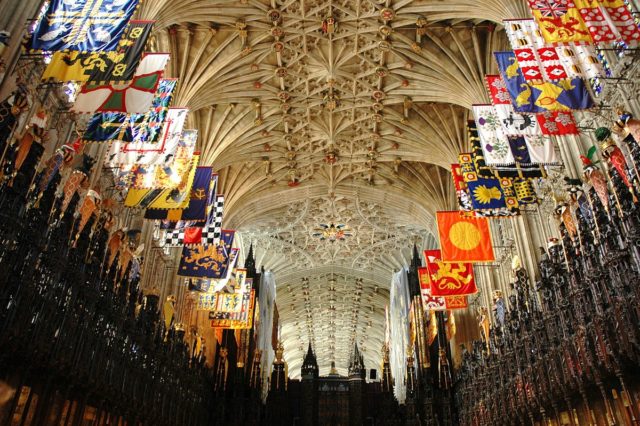
The royal household was the elite professional heart of an English army. These were men of noble background. They came from either prominent aristocratic families who wanted to ensure the king’s favour or lesser aristocratic families looking to advance themselves. Part of the king’s household in times of both war and peace, they were the closest thing the nation had to a standing army. Henry I could provide 2-300 men this way, and their numbers grew as the centuries passed. These mounted knights played a vital part in many battles.
2. Feudal Obligation
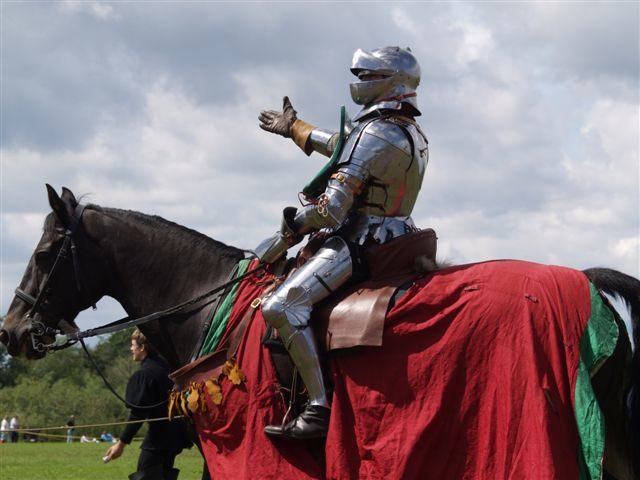
Medieval society was built around feudal obligations – duties men owed to their social superiors in return for being allowed to live off the land. Perhaps the most important tool in recruiting an army, these obligations were used to recruit lords and gentry to serve as knights and men-at-arms, through the obligations they owed the king. They, in turn, were owed service by people living on their lands, who were obliged to turn up with specific armour and weapons depending on their wealth.
Exactly how the feudal system developed is unclear. It is likely that the Norman conquest played a crucial part, as William the Conqueror distributed lands to the men who had helped him take England, making these grants dependent upon ongoing service.
3. Distraint
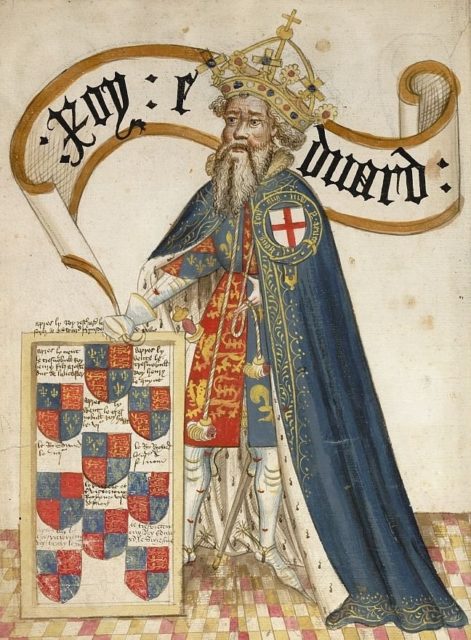
From the reign of Henry III through to that of Edward III, kings tried to develop another system of obligations to bolster the number of troops. This was called distraint.
In practice, distraint looked a lot like feudal service. Knights with a certain level of wealth – and later all men that wealthy – were meant to come at the king’s command, suitably equipped to fight. But the legal background was different, coming from legislation rather than tradition, starting with the Assize of Arms in 1242.
Distraint was unpopular among the nobles and often unsuccessful in bringing them out to fight. After 110 years of legal wrangling, in 1352 King Edward III conceded a law stating that no-one was obliged to provide troops in this way unless parliament said so. As a system, distraint had been rejected.
4. Volunteers
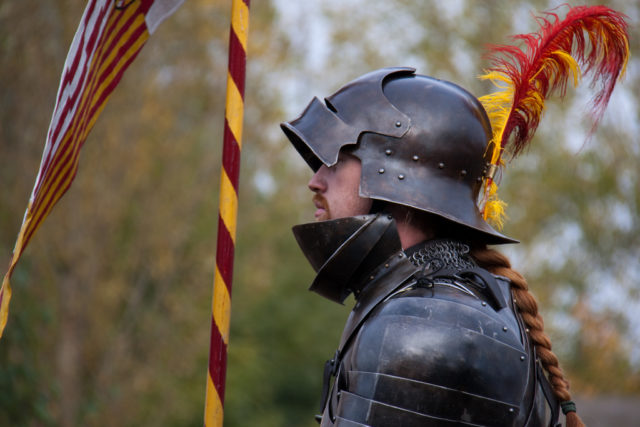
Not all men needed legal obligations to bring them out for a war. There were always some nobles who, when the king said he needed soldiers, would come and fight for free of their own accord, their costs covered out of their own pockets.
The reasons for this were complicated and doubtless varied from one nobleman to the next. A sense of fealty to the king or personal attachment to him sometimes played a part. The opportunity for glory and plunder were sometimes obvious.
For great earls, there were also political considerations. Serving for pay beneath the king could damage their pride, prestige, and political independence, while failing to fight could see them cast as traitors. The solution was to turn up, with a large number of men serving under them, and pay the costs of their own forces.
5. Paid Service
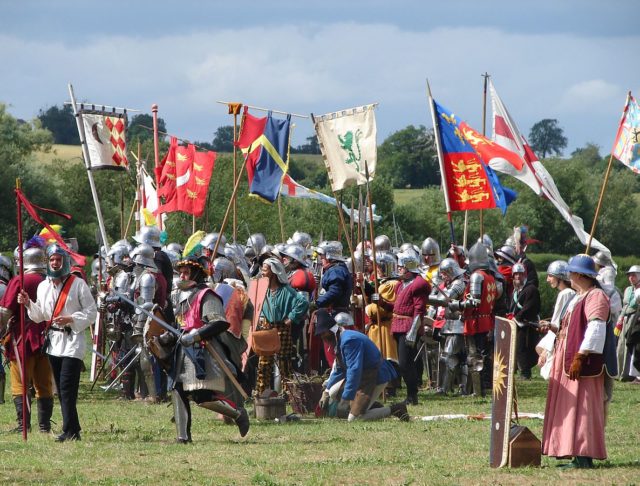
Pay played a part in many forms of military service, providing the carrot to the stick of legal obligation. From the 11th century onwards, there were always some men who would fight purely for that reward.
The pay offered to soldiers would seem pitiful by modern standards, and there was little prospect of long-term employment. But the prospect of earning money at all was enough for some. Recruitment for pay was at times ad hoc, but over the centuries several more specific forms of this developed.
6. Contracts
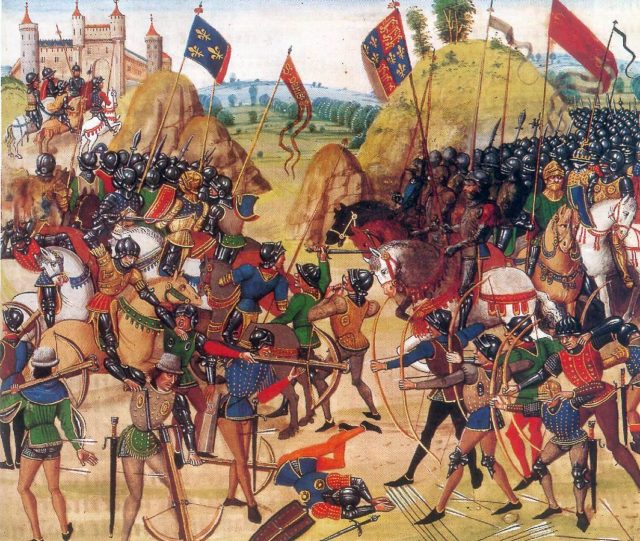
From the late 13th century, contracts were used to recruit paid troops and define their terms of service. This ensured that, even on a military venture that lacked the full clerical support of a royal summer campaign, everyone would know where they stood and what money was owed. Edward I used contracts to recruit some of his troops to fight in Scotland and Gascony, and in 1337, under his grandson Edward III, the first army recruited entirely by contract was sent to Scotland.
These contracted are often referred to as indentures, a word deriving from the French for “teeth”. This is because the contract was written out three times on the same sheet, and these three copies separated with jagged, irregular cuts that looked like pointed teeth. When the pieces were brought together, they should all match, allowing fraudulent copies to be identified.
7. Royal Commissioners
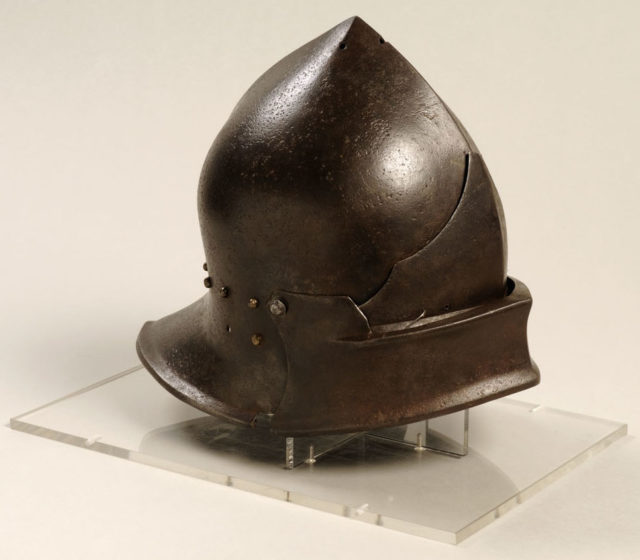
One of the reasons why contracts became important under Edward I was that he needed more troops, due to his campaigns in Wales, Scotland, and France. As a result, it was also in his reign that special commissioners started to be appointed to recruit troops. These royal commissioners travelled to regions where recruitment was likely to be successful, or where troops were owed due to existing obligations. There they made clear what the king wanted, and ensured that he got it, despite the grumbling of locals less than enthusiastic to go away to war.
8. Mercenaries
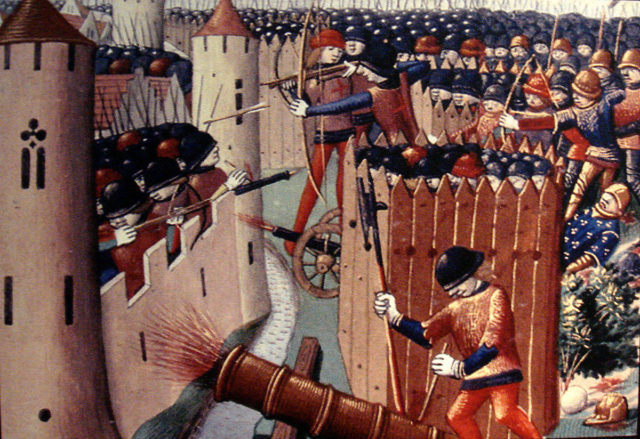
Foreign mercenaries served sporadically in English armies during the Middle Ages. They became important in the 11th and 12th centuries, when hardened soldiers were often recruited from the Low Countries, a region subjected to regular invasion by neighbours. During periods of civil war they were often more loyal than native troops, and King John relied heavily upon them.
Their use by unpopular kings to suppress noble resistance made mercenaries unpopular, and they were expelled from the country under the terms of Magn Carta in 1215. During the Hundred Years War, their use rose again, though by then England was a supplier as well as an employer of mercenaries.
Source:
David Chandler and Ian Beckett (eds) (1994), The Oxford History of the British Army.
